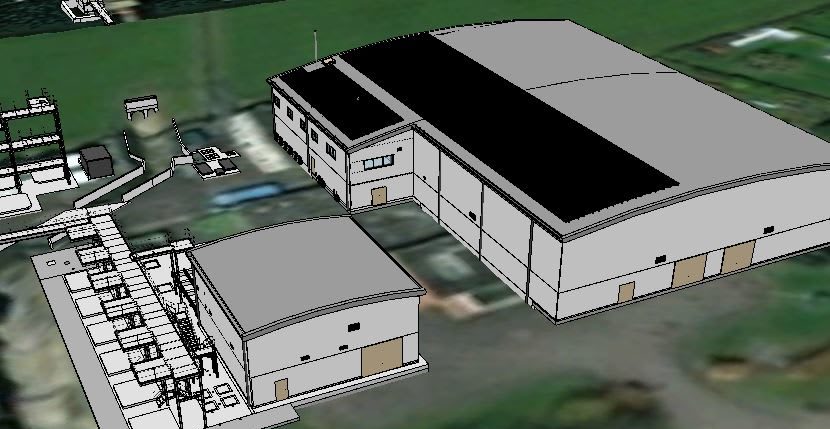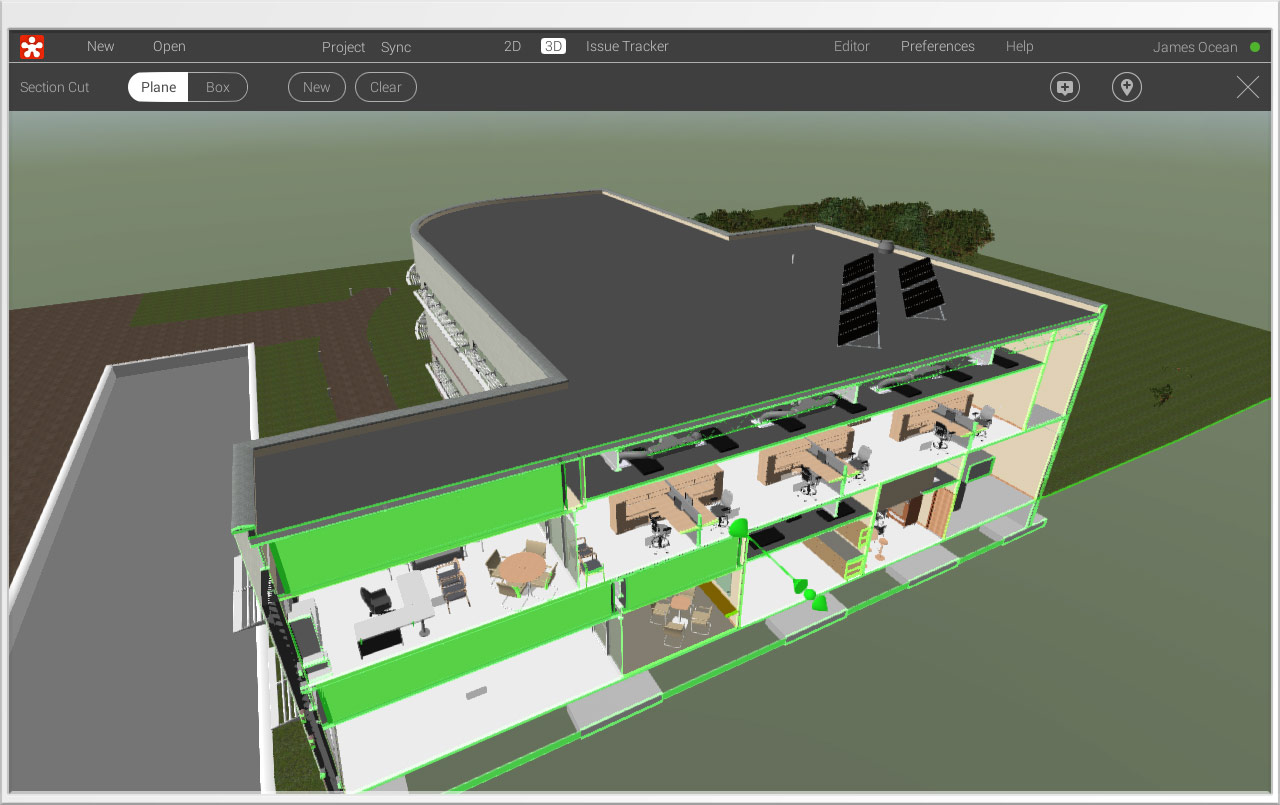
Yet too many projects still run late and over budget.

To do this, developers need to ensure a robust business plan and delivery model from the outset. The complexities and constraints of the UK’s national and local planning systems also increase project pressures as councils look to developers to help them build the major infrastructure that communities need to thrive, urgently and cost-effectively. Typically, project teams start afresh with every project, drawing on a new client brief and site context, alongside local regulatory drivers, to shape their plan, and find it difficult with the analogue tools available to learn and apply lessons from previous successes and failures in a systematic way. That’s, perhaps, no surprise given that the vast majority of building projects still follow the generations-old linear process of briefing, design, construction and, finally, occupation - with maintenance considerations frequently an afterthought. Reflecting this, only 1 per cent of housebuilders think that the target of 300,000 homes a year can be achieved by 2022. This includes a persistently low productivity growth rate, averaging just 0.4 per cent per year, the ongoing prioritisation of costs over climate-change risks in some areas, and continued delays to the delivery of major infrastructure projects. Yet, despite this urgency and national focus, the UK’s infrastructure ambitions continue to outpace supply - the lag exacerbated by long-standing issues in the UK design and construction industry. And, the Construction Sector Deal commits the industry to: reduce the cost of construction and the whole life costs of assets by 33 per cent half the time taken from inception to completion of new build and decrease greenhouse gas emissions in the built environment by 50 per cent, supporting the Industrial Strategy’s Clean Growth Grand Challenge. The pipeline comprises millions of affordable homes built in multi-use communities, more efficient, sustainable transport networks and solutions, and energy infrastructure to secure low-carbon success.Īcross both public and private sector developments, this vision calls for better-performing, greener buildings and infrastructure delivered faster and more cost-effectively.

The UK Government has big ambitions for the country’s infrastructure, with a national infrastructure programme target to deliver £650 billion worth of projects by 2025. Digital expert Dale Sinclair explores how a new digital approach can help the industry meet this challenge, and tackle its own long-standing productivity issues. In response to increasing economic, social and environmental pressures, private and public sector developers are challenging the design and construction industry to deliver faster, greener and more efficient infrastructure solutions.


 0 kommentar(er)
0 kommentar(er)
